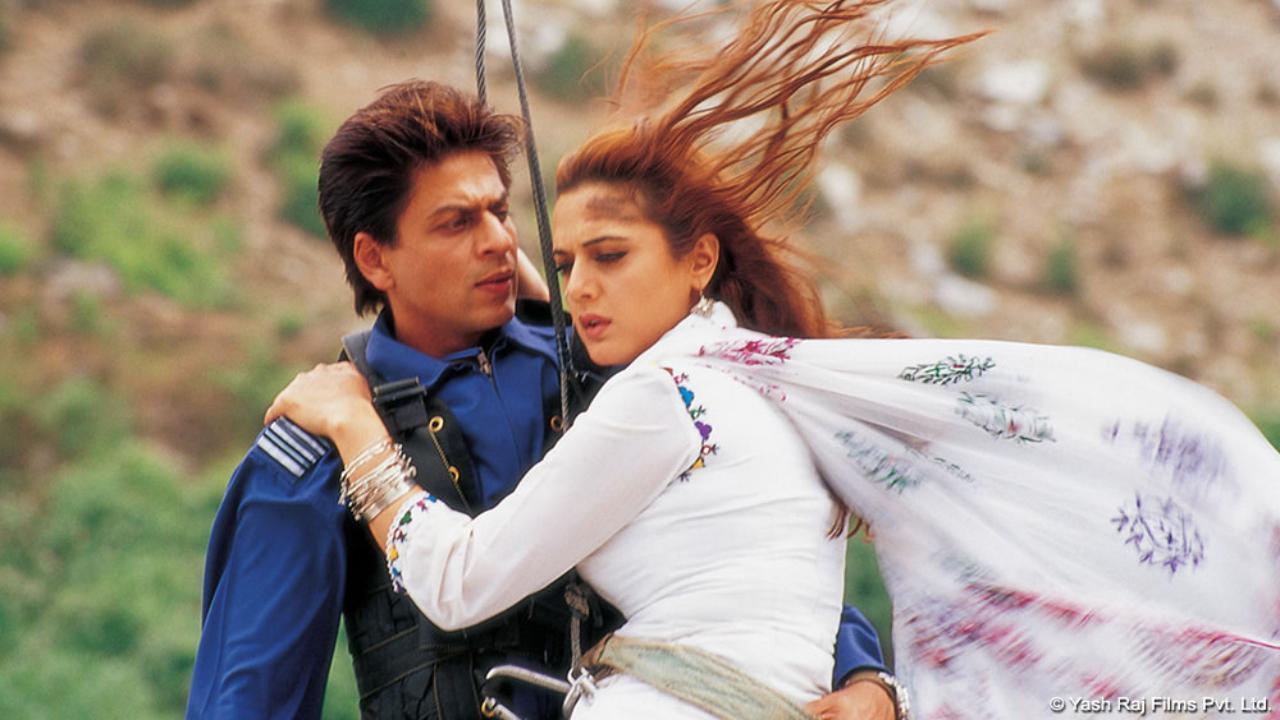
On the third day of a riveting Ranji Trophy final, a young Musheer Khan exhibited the temperament and skill of a seasoned professional, propelling Mumbai into a dominant position against Vidarbha with an exceptional century. Musheer, who is stepping into the limelight of first-class cricket, has already had a season to remember, in which he struck a breathtaking double hundred against Baroda. His form continued unhampered as he played a critical role for Mumbai when the stakes were at their highest.
Building up the momentum with a 130-run stand alongside the team’s captain, Ajinkya Rahane, Musheer demonstrated his growing stature in the game. Rahane, who has had a quiet season with the bat, returned to form with a commendable 73. Yet, it was the partnership between Musheer and Shreyas Iyer that truly became the cornerstone of Mumbai’s innings. Iyer, having recently lost his central contract, pushed back against his recent lack of form by crafting a stalwart 95.
Throughout the innings, Musheer maintained his solidity, displaying a perfect balance between defence and aggression by showing the patience to play out tense periods before capitalizing with precise strokes on balls that deserved punishment. His approach reflected a maturity beyond his years, especially noteworthy following a disappointing performance in the first innings. Eventually, he was dismissed for a magnificent 136, but his contribution set Mumbai up for a potentially match-winning lead.
The young batsman’s ascent into the record books came as no surprise to those who have followed his journey. At the tender age of 19 years and 41 days, Musheer etched his name into history by becoming the youngest Mumbai batter to score a century in a Ranji Trophy final, surpassing a record previously held by the legendary Sachin Tendulkar, who scored twin centuries in the 1994/95 season final against Punjab. Musheer’s timing was impeccable, arriving at the crease when Mumbai had lost quick wickets and was in desperate need of stability. He responded with a performance that not only reflects his potential but also underscores his readiness for the high-pressure situations often faced in the top tiers of cricket.
Despite both well-established batsmen getting out, the ever-reliable Shams Mulani took charge, propelling Mumbai’s lead to soar past 500. With the match unfolding rapidly, a declaration seemed imminent from Mumbai, considering there was plenty of time with a couple of days left to attempt to bowl Vidarbha out.
The unfolding of these events on the field carries implications off it as well. The audacity and prowess represented by Musheer’s batting serve as a reminder of the depth of talent within Mumbai’s cricketing corridors, capable of influencing matches profoundly. Even the seasoned Iyer, in a challenging phase of his career, showcases resilience, reminding selectors of his capabilities as a cricketing force.
As the final continues and Mumbai’s strategy evolves, analysts, fans, and players alike are keenly observing Musheer’s progression as a harbinger of the future of Indian cricket. It is not just his skill with the bat that captures attention but also the poise and focus he brings to the game, embodying the spirit and tradition of a sport that remains an enduring passion for millions across the nation. Musheer Khan’s century is not merely a statistical achievement; it’s a symbol of a young man stepping up to meet the high expectations set by past generations, and perhaps, to craft his own legacy in the annals of cricketing history.










